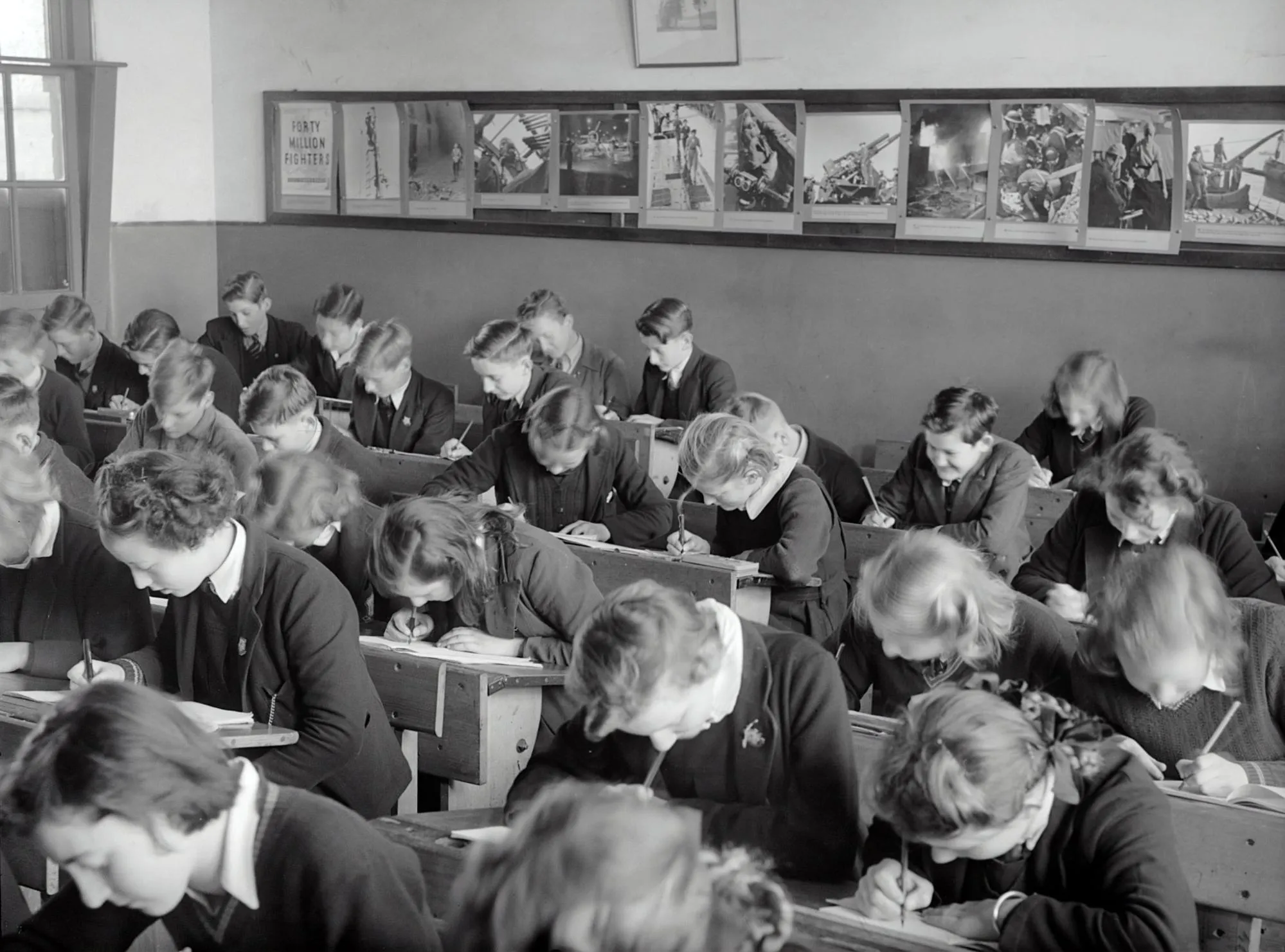What Are the Negatives of Private Schools?
From limiting access to clubs and activities to creating a socioeconomic divide, here are seven answers to the question, “What negatives do you notice in private schools?”
- Fewer Extracurriculars
- Competitive Admissions Process
- Insufficient Diversity
- Lack of Government Oversight
- Less Insight Into Teaching Qualifications
- Prevalence of Social Exclusion
- Sustain Social Division
Fewer Extracurriculars
Many private schools have fewer options for extracurriculars than public schools do. Newer schools may not have full sports facilities built yet, or they may have fewer sports team options for students to get involved with. Public schools also often are easier for students to find new clubs than their private school alternatives.
 Brian Munce
Brian Munce
Managing Director, Gestalt Brand Lab
Competitive Admissions Process
One major downside of private schools is the competitive admissions process. Private schools may have limited space, requiring families to go through a rigorous application and interview process to be accepted.
It can be a source of stress for parents and children, as well as other associated costs, such as application fees and extra tutoring or test preparation. Admissions may also be based on academic performance or financial standing, potentially limiting access to families who cannot meet these requirements.
Also, parents should consider the conditions, such as requiring uniforms or a religious affiliation, before settling on a private school.
 Mariusz Michalowski
Mariusz Michalowski
Community and Career Expert, Spacelift
Insufficient Diversity
The lack of variety is yet another disadvantage of attending a private school. There is a possibility that students of the same race, ethnicity, religion, and socioeconomic status will attend the same private school rather than the same public school.
Because of this lack of diversity, kids may have less of an opportunity to learn about a variety of cultures and viewpoints, which is an essential component of education. It is also possible for it to contribute to the formation of preconceptions and stereotypes, as well as an atmosphere that is not reflective of the real world.
 Nely Mihaylova
Nely Mihaylova
Content Executive, Scooter Guide
Lack of Government Oversight
In contrast to public schools, private educational institutions are not required to comply with the same rules and regulations. Private schools are not obligated to comply with the curricula of the state, to adhere to the standards set by the federal government, or to take part in the evaluations of the state.
This lack of regulation can provide private schools with the flexibility to tailor their programs to meet the needs of their students. However, it can also make it difficult to evaluate the quality of education provided by private schools and ensure that students are receiving a well-rounded education.
Private schools might not provide pupils with the same level of protection, such as access to special education services or legal redress if they are subjected to prejudice.
 Jay Soni
Jay Soni
Marketing Director, Yorkshire Fabric Shop
Less Insight Into Teaching Qualifications
The hiring standards are typically up to the school, rather than enforced by the state. Because private schools don’t receive government funding, they’re able to decide for themselves what their criteria are for hiring teachers.
While many private schools hire quality educators, there’s less insight for parents into each teacher’s qualifications. In public schools, there are strict rules about what degrees, teaching hours, and certifications are required to be brought on board.
 Carrie Shaltz Haslup
Carrie Shaltz Haslup
Founder and CEO, Tabeeze
Prevalence of Social Exclusion
One negative aspect of private schools is the potential for elitism and social exclusion. Private schools often have a reputation for catering to the wealthy and privileged, and this can lead to an atmosphere where students from less affluent backgrounds feel marginalized or out of place.
This can create a social hierarchy within the school, where students from wealthier families or who have certain privileges may be favored or treated differently than others. This can also limit the diversity of perspectives and experiences within the student body, which can affect the overall educational experience and the ability of students to develop empathy and understanding for those from different backgrounds.
This can make it difficult for students from less privileged backgrounds to gain admission to top private schools, perpetuating social inequalities and limiting opportunities for those who may benefit from the resources and education provided by these schools.
 AJAYI Ayomide
AJAYI Ayomide
Growth Marketer and Writer, Howsociable
Sustain Social Division
Tuition fees at private schools can be several times higher than those at public schools, making them inaccessible to many families. This has created a socioeconomic divide, as only the richer and more elite families can afford to send their children to private schools.
And even worse, sometimes private schools don’t even have the same level of resources and funding as public schools, which can often end up reflecting on the quality of education and facilities they provide.
Because of the exorbitant costs of private schooling, this socioeconomic divide between classes of people might unfortunately never go away.
 Ralitsa Dodova
Ralitsa Dodova
Content Writer, BuzzLogic.com
Submit Your Answer
Would you like to submit an alternate answer to the question, “What is one negative to private school?”
